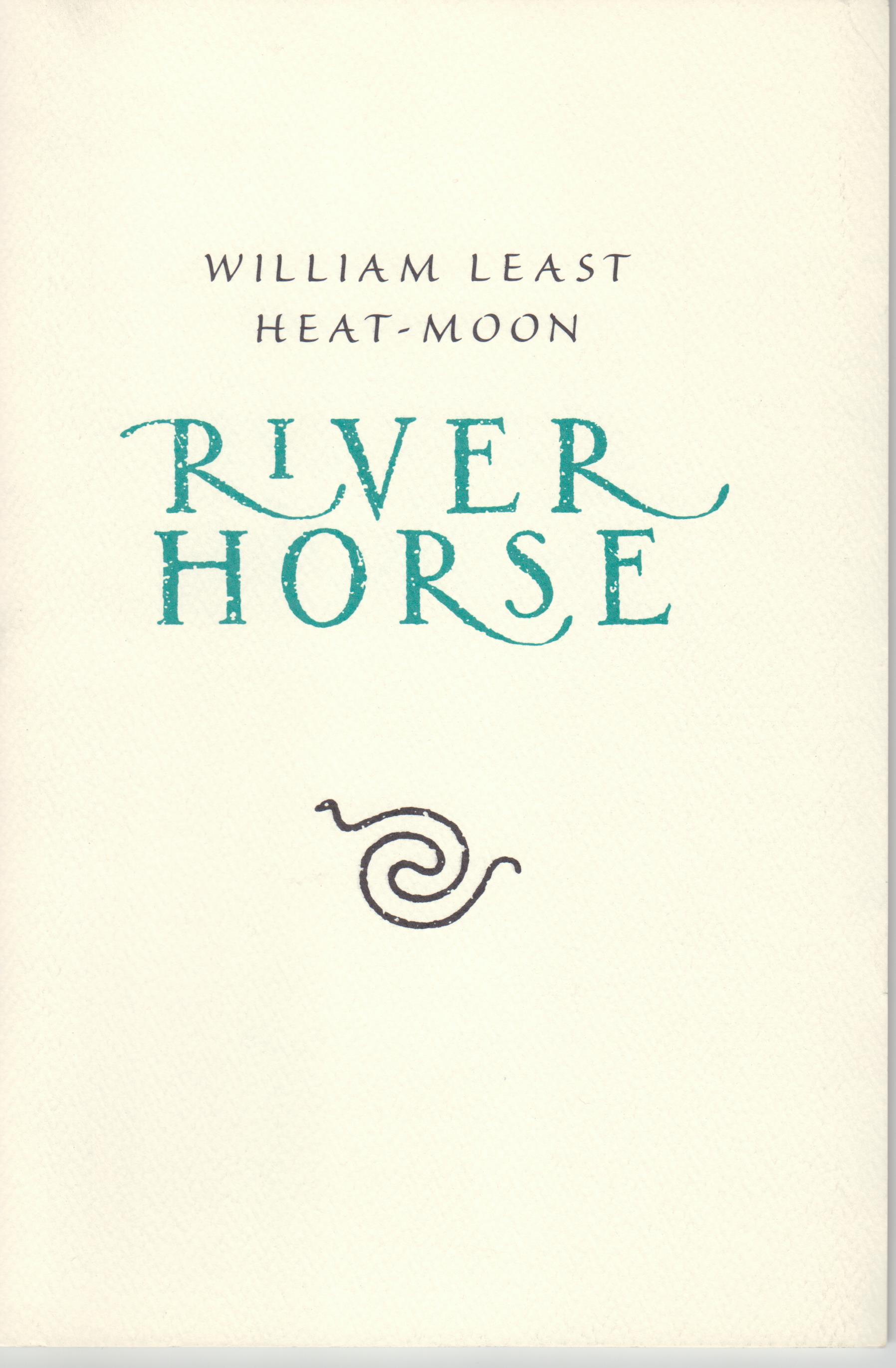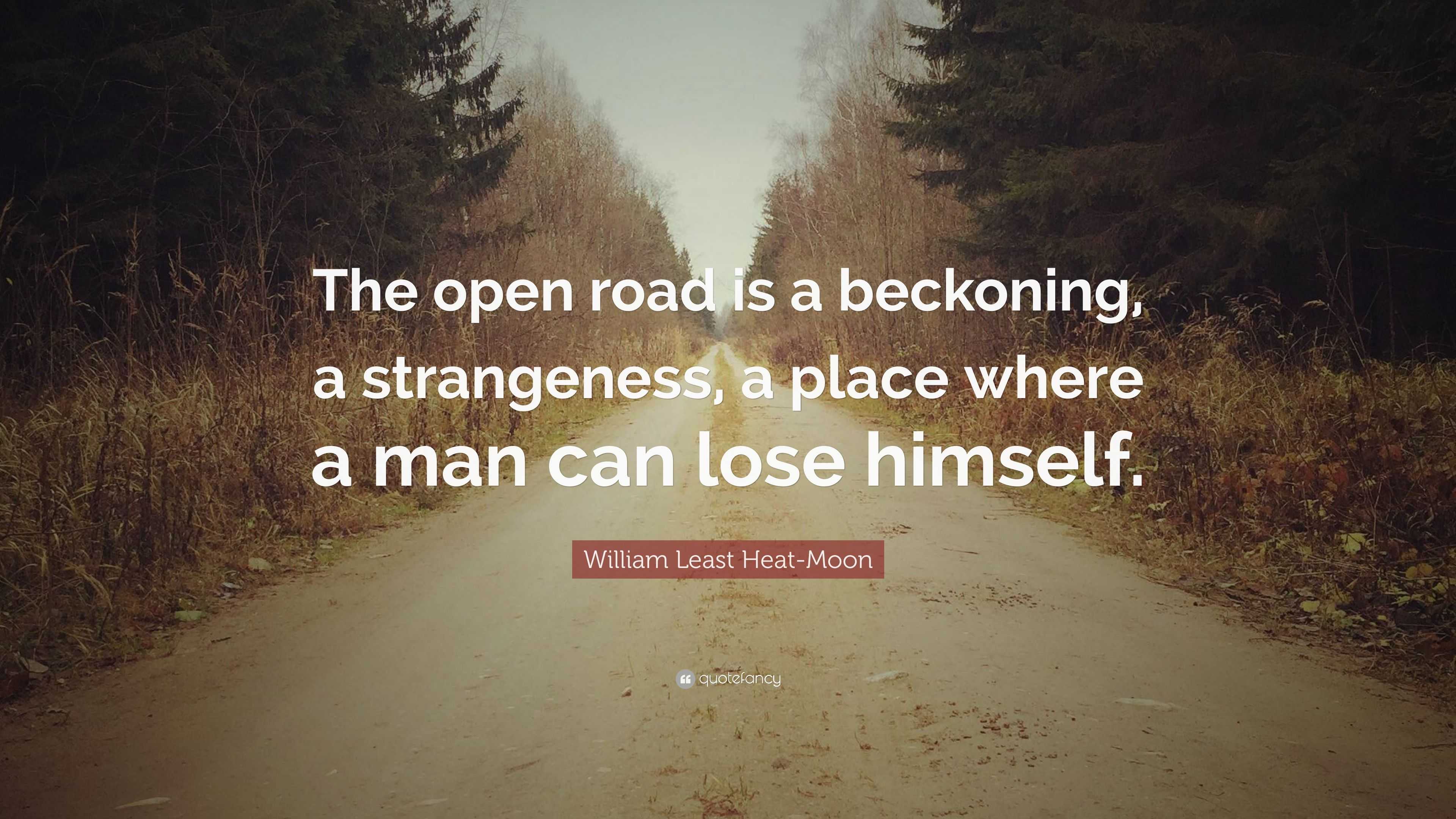

I was aware of these connections back in the early 1980s, when I attended graduate school in Philadelphia and trained to become an environmental planner. In addition, he and I both claim partial Native American heritage. I came to Columbia from Kansas City as well, although I was only two years old when I arrived in 1960. He moved to Columbia, Missouri, in the late 1960s after growing up in the Kansas City area. On a personal note, William Least Heat-Moon and I come from similar stock. But more important, Writing Blue Highways is also the definitive story of how a work of literary art, from conception to publication, comes to be. It's an autobiographical tale of the trials and tribulations of a then-unknown author struggling through nearly four years to write (and rewrite ten-plus different times) an acceptable manuscript for publication. His latest project is Writing Blue Highways (University of Missouri Press, 2014). Wallace (University of Oklahoma Press, 2013). Heat-Moon went on to publish many other works, including the recent An Osage Journey to Europe, 1827-1830, coauthored with James K. The writing is lyrical, full of life lessons, and informed by a strong environmental ethic.

Part social history, part travel writing, and part spiritual odyssey, Blue Highways offers tales of America’s forgotten “outback” and the people still connected to that fading world. It was hard to categorize yet sat on the bestseller list for nearly a year.


Heat-Moon drove the back roads designated as blue lines in his Rand McNally Atlas.īlue Highways surprised the publishing world. It’s William Least Heat-Moon’s account of a three-month, 14,000-mile road trip he took in a converted mini-van he called Ghost Dancing. In 1982, the Atlantic Monthly Press and Little, Brown published Blue Highways: A Journey into America.


 0 kommentar(er)
0 kommentar(er)
